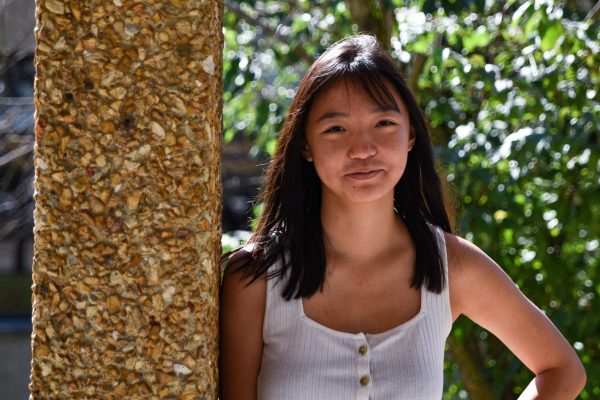Donning a long, draping, vampire-esque coat, junior Neil Dhiman walks through a crowded school hallway. Dhiman’s gloomy appearance, made complete by an ornate silver pendant, certainly stands out against the crowd.
From a young age, Dhiman has had a penchant for fashion.
“Fashion appeals to my creative side to a great extent; when I dress in a certain manner, it brings me great pleasure. Many children had a phase where they ‘played dress-up or arranged a playroom as one of their daily activities, I have never left this phase. I have always been pleased by aesthetics,” Dhiman said.
With this interest in dressing up, Dhiman formulated aesthetic creations and a collection of styles.
“While my parents shopped, I would look at clothes and other items and form a small aesthetic in my brain with all of the items. Occasionally, I would assemble a small exhibit with many items in those certain stores. When I formed those ‘aesthetics,’ I would utilize many clothes, bring candles, paintings, chairs and many other items,” Dhiman said.
In recent years, Dhiman has defined three main aesthetic creations — Mid-Southern Gothic, Aristocore and Desertcore.
Mid-Southern Gothic
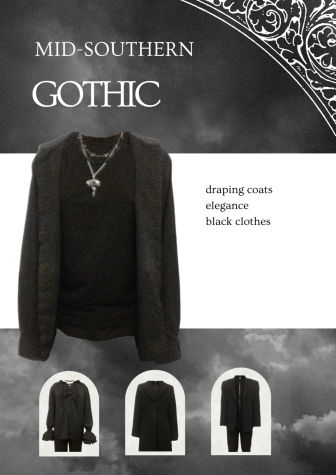
The Goth subculture we know and love today largely came from the post-punk music scene that emerged around 1982, characterized by dark and dramatic fashion. However, the subculture draws inspiration from ancient Germanic tribes and has been used to describe the architecture of medieval cathedrals and horror literature such as Mary Shelley’s “Frankenstein.”
“As a literary mind, the style of Gothic is one that greatly intrigues me. It is essentially a dark force that calls my name. At night, I could constantly contemplate dark aesthetics of organized chaos but great tranquility. A barren field in a gloomy but aromatic sky, grand cathedrals bestrewn with beguiling shadows, rolling hills of trees that sang songs to the mind, a delicate chair by the fireplace in an exquisite maroon library,” Dhiman said.
While Dhiman loves Gothic style, appreciating its punk-esque music, arcane fashion and dark aesthetics, it can be difficult to find Gothic clothes locally. This lack of nearby Gothic clothes has led Dhiman to forge a unique style tailored to the Mid-South region — including parts of Missouri, Tennessee, Mississippi and Kentucky — while incorporating elements from mainstream Gothic culture.
“My largest aesthetic creation is Mid-Southern Gothic, my rendition of Gothic style. Mid-Southern Gothic clothes closely resemble Gothic clothes of the 1980s, featuring a great amount of large, elegant or draping clothing, typically in nearly full black color. My aesthetic and fashion draw from ancient Gothic to Victorian periods,” Dhiman said. “In the aesthetic sense, Mid-Southern Gothic consists of typical scenes from the region but ‘creepier,’ typically in grayscale color, and ancient Gothic aesthetic items. Bats, black flowers, ‘fancy’ mirrors, coffin-shaped items and black candles complement the aesthetic very well.”
Aristocore
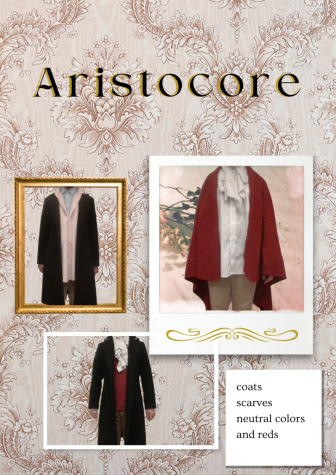
After forming the Mid-Southern Gothic aesthetic, Dhiman also explored more regal styles inspired by characters from books and movies.
“My second aesthetic creation is Aristocore. Alongside Gothic, I greatly enjoy the typical aesthetics of the aristocracy. I grew up listening to fairy tales during my childhood and was quite interested in the wealthy characters. I would fantasize of their exaltedness and bold nature to the extent that I would emulate it, eventually giving rise to my aesthetic of Aristocore,” Dhiman said.
Aristocore often includes suits, overcoats, tweed coats, scarf-like clothing, hats and pants in neutral colors. It is inspired by Dhiman’s perceptions of European, particularly British, fashion.
“One would typically witness this fashion worn by royalty and aristocrats during the medieval and modern eras, approximately 500 to 1500 AD. The aesthetic of Aristocore would consist of castles, English country houses, paintings, gardens of vibrant plants, a cloudy sky, statues, tall trees, classical music and other aesthetic items associated with these eras,” Dhiman said.
Desertcore
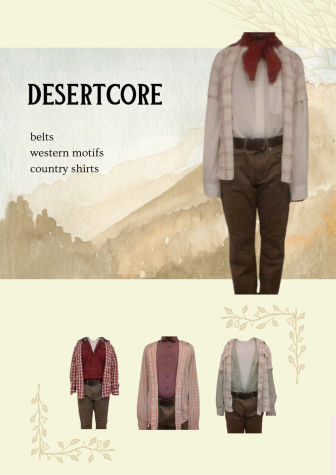
Dhiman’s third aesthetic creation is Desertcore. This aesthetic features cowboy and rural West American-esque style.
“Elements of this aesthetic were commonplace in the United States in the 1940s and 1950s due to the ubiquitous popularity of the ‘Western’ genre during this time period. As well as Gothic and Aristocore, I have developed a love for Western genre aesthetics since I watched ‘Toy Story’ many years ago,” Dhiman said.
As with Mid-Southern Gothic and Aristocore, Desertcore evokes specific scenes and images for Dhiman. While dressing in Desertcore, Dhiman dons belts, country-style shirts, Western-style motifs or jackets and cowboy hats when available.
“The aesthetic consists of a typical Western scene: a town, succulent plants, a river, a canyon and an ‘intricately’ beautiful night sky. I associate the design with warm colors, such as red, orange, brown and beige,” Dhiman said. “The fashion and aesthetics commonly overlap with Mid-Southern Gothic and I label the crossing as ‘Gothic Desertcore,’ consisting of black color.”

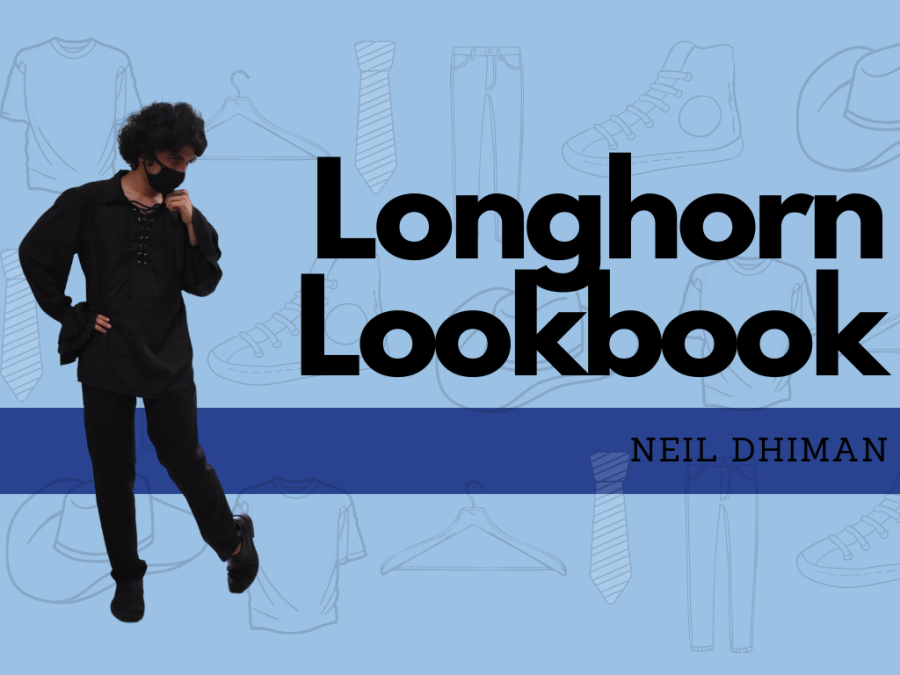

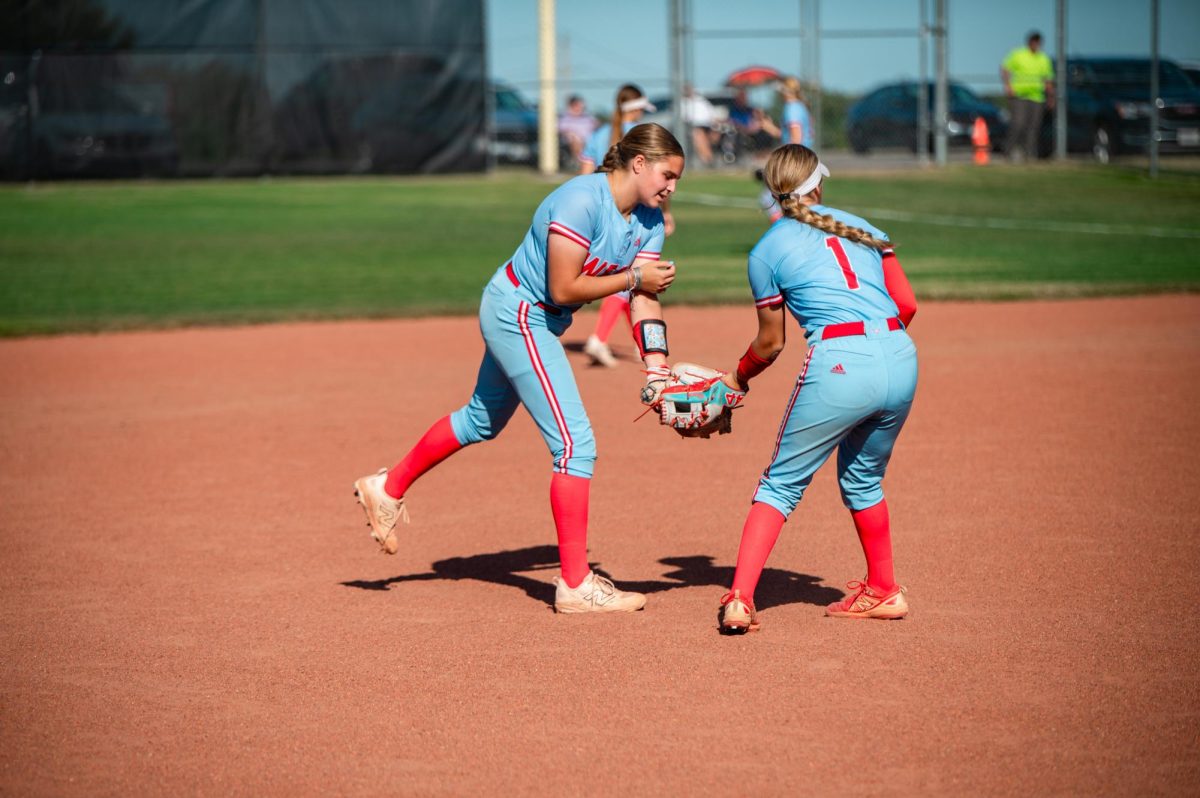
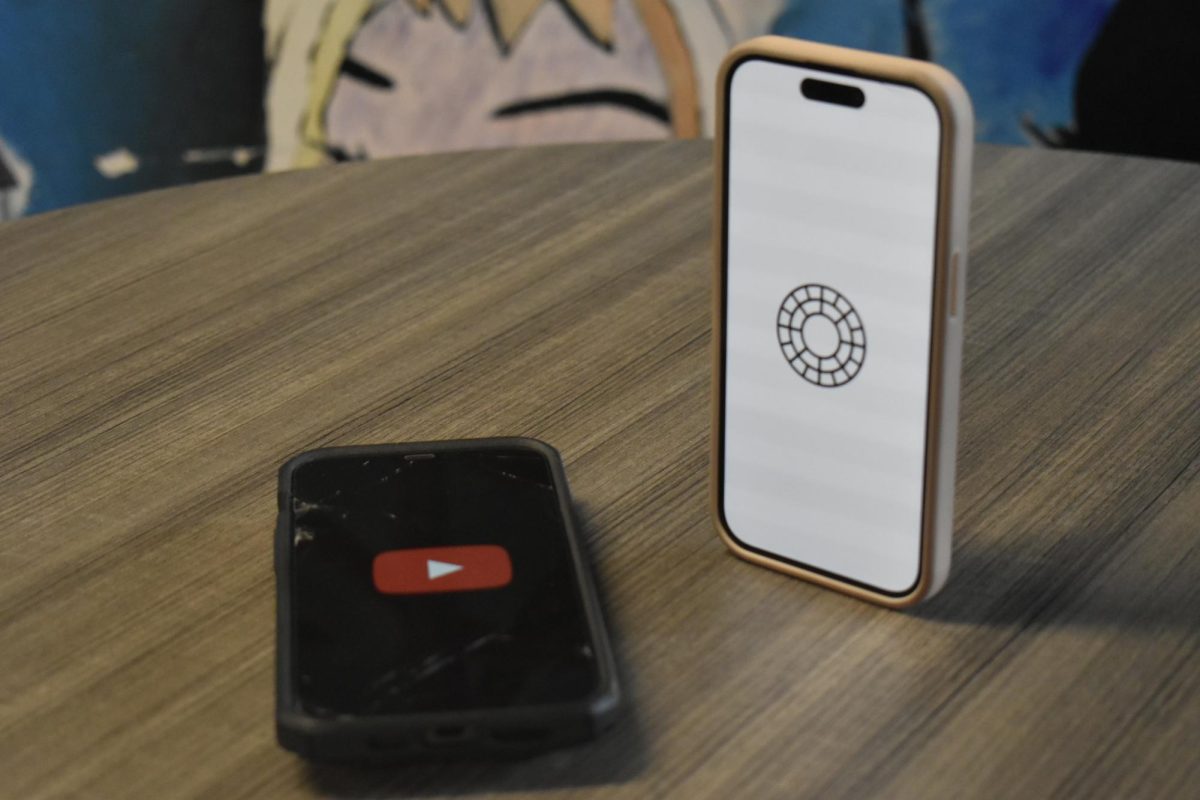
![There are more than 20 open cardio machines at Crunch Fitness. I enjoyed the spacious environment at Crunch, a sentiment that was shared by sophomore Sanjana Daggubati. “[Going to] Crunch Fitness was the right decision because [it] feels more professional. Crunch’s workers are laid back, but not to the point where they don't care,” Daggubati said.](https://pwestpathfinder.com/wp-content/uploads/2025/09/IMG_5242-1-1200x900.jpg)

![Various empty Kit Kat wrappers crowd the desk, surrounded by scoring sheets. While production of Kit Kat flavors in the U.S. is limited, Nestlé, the owner of Kit Kat, manufactures hundreds of unique flavors in Japan, including the flavors ocean salt and passion fruit. “I thought there [were] some interesting flavors, and a lot of them were really unexpected,” senior Elle Levesque said.](https://pwestpathfinder.com/wp-content/uploads/2025/09/image-2.png)

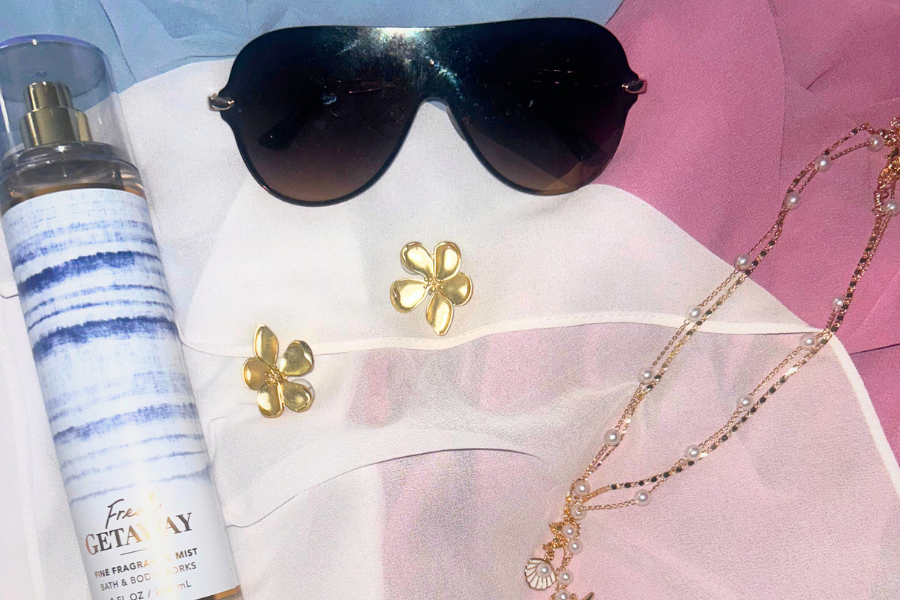
![Pantone’s selection of the 2025 Color of the Year is revealed: Mocha Mousse. Ceramics teacher Ashley Drissell enjoys this year’s selection. “Maybe it’s the name but [Mocha Mousse] reminds me of chocolate and coffee. It makes me hungry. It’s very rich and decadent,” Drissell said.](https://pwestpathfinder.com/wp-content/uploads/2025/02/DSC_0015-1200x800.jpg)

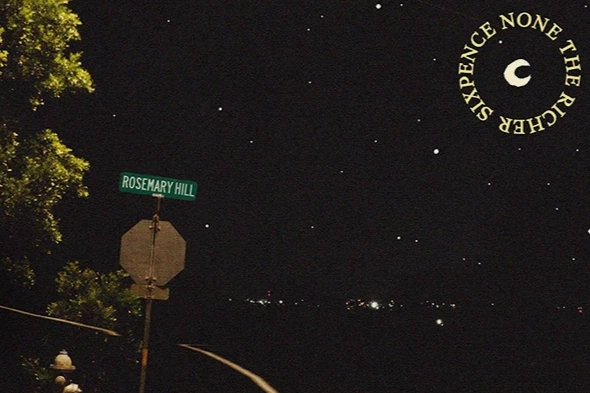
![After a thrilling point, senior Katie Byergo and junior Elle Lanferseick high-five each other on Oct. 8. With teamwork and camaraderie, Byergo worked together in the game against Lafayette High School. “[Byergo’s] is really positive with a good spirit,” Lanferseick said. “I set her [the ball] and she hits it [or] gets the kill.”](https://pwestpathfinder.com/wp-content/uploads/2025/10/DSC_9349-1-e1761159125735-1200x791.jpg)
![Focused on providing exceptional service, sophomore Darsh Mahapatra carefully cleans the door of a customer’s car. Mahapatra has always believed his customers deserve nothing less than the best. “[If] they’re trusting us with their car and our service, then I am convinced that they deserve our 100 percent effort and beyond,” Mahapatra said.](https://pwestpathfinder.com/wp-content/uploads/2025/10/DSC_0018-1200x800.jpg)
![Sophomore Aleix Pi de Cabanyes Navarro (left) finishes up a soccer game while junior Ava Muench (right) warms up for cross country practice. The two came to Parkway West High School as exchange students for the 2025-2026 school year. “The goal for the [exchange] program is to provide opportunities for both Parkway students and our international exchange students to learn about other cultures, build connections and become confident, capable, curious and caring — Parkway’s Four C’s — in the process,” Exchange Program Lead Lauren Farrelly said.](https://pwestpathfinder.com/wp-content/uploads/2025/10/Feature-Photo-1200x800.png)
![Leaning on the podium, superintendent Melissa Schneider speaks to Parkway journalism students during a press conference. Schneider joined Parkway in July after working in the Thompson School District in Colorado. “My plan [to bond with students] is to get things on my calendar as much as possible. For example, being in [classes] is very special to me. I am trying to be opportunistic [meeting] kids [and] being in [the school] buildings. I have all the sports schedules and the fine arts schedules on my calendar, so that when I'm available, I can get to them,” Schneider said.](https://pwestpathfinder.com/wp-content/uploads/2025/09/IMG_5425-1200x943.jpeg)
![Gazing across the stage, sophomore Alexis Monteleone performs in the school theater. The Monteleone family’s band “Monte and the Machine” has been releasing music since 2012, but Alexis started her own solo career in 2024 with the release of her first single, Crying Skies. “My whole family is very musical, [and I especially] love writing [songs with them],” Monteleone said.](https://pwestpathfinder.com/wp-content/uploads/2025/09/DSC7463-1200x798.jpg)

![Leaping through the air, senior Tyler Watts celebrates his first goal of the season, which put the Longhorns up 1-0 against the Lafayette Lancers. Watts decided to play soccer for West for his last year of high school and secured a spot on the varsity roster. “[Playing soccer for West] is something I had always dreamed of, but hadn’t really had a good opportunity to do until now. It’s [really] fun being out [on the field], and I’m glad I decided to join the team. It’s just all about having fun with the boys and enjoying what time we have left together,” Watts said.](https://pwestpathfinder.com/wp-content/uploads/2025/09/DSC_1951-1200x855.jpg)

![Shifting global trade, President Donald Trump’s tariffs are raising concerns about economic stability for the U.S. and other countries alike. “[The tariffs are] going to pose a distinct challenge to the U.S. economy and a challenge to the global economy on the whole because it's going to greatly upset who trades with who and where resources and products are going to come from,” social studies teacher Melvin Trotier said.](https://pwestpathfinder.com/wp-content/uploads/2025/05/MDB_3456-1200x800.jpg)

